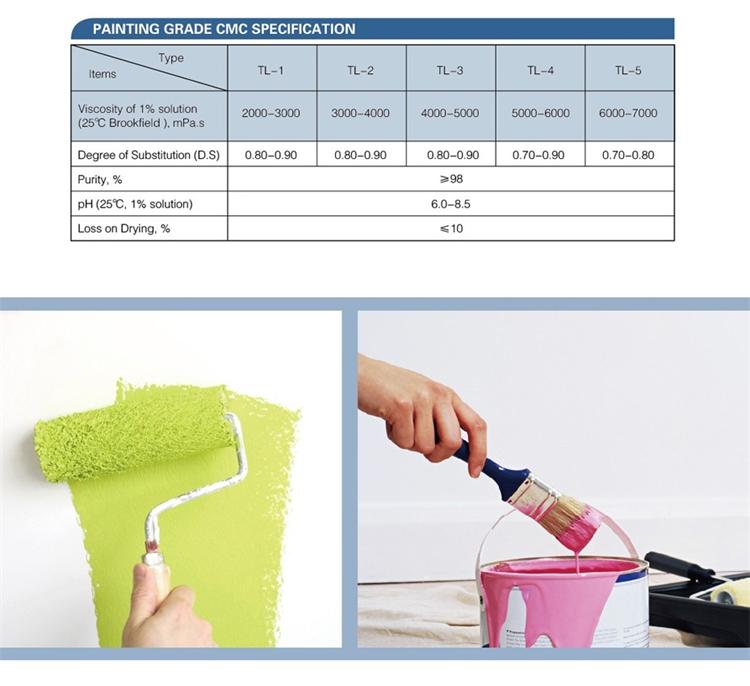Since October 2010, precipitation in most parts of North China, Huanghuai, Jianghuai and the southeastern part of the northwestern region has been scarce, and the cumulative precipitation is 5 to 90% less than normal. The average of the six provinces of Hebei, Shanxi, Shandong, Henan, Jiangsu and Anhui The precipitation is the third lowest in the same period since 1961, and the average longest continuous no precipitation days is 43 days. There are different degrees of meteorological drought in North China, Huanghuai and other places, including most of Shandong, northeastern Jiangsu, most of Henan, and northern Anhui. Waiting for the drought to the special drought level. As of January 2, 2011, droughts lasted for 30 to 60 days in most areas of Huanghuai and southern China, and droughts lasted for 60 to 90 days in parts of Huanghuai. It is expected that in the next 10 days, cold weather activities in meteorological arid regions such as North China and Huanghuai will be frequent, and the temperature will be low, and there will be no obvious precipitation process. It is estimated that the temperatures in North China and Huanghuai will be lower than in normal years in January. The precipitation in most areas of North China and Huanghuai is less than normal. The precipitation in southwestern Shanxi, northeastern Hebei and Shandong Peninsula is more than normal. In addition, precipitation in the rest of North China and Huanghuai is less than normal, and meteorological drought will continue or develop. Concerns and suggestions: At present, the soil in most agricultural areas in the north of China and Huanghuai has been frozen, and the drought has little effect on winter wheat. The drought in western and southern Henan, southern Shandong, Anhui and northern Jiangsu will continue or develop, and the drought and freezing will be superimposed. It may lead to the partial weakness of winter wheat and rapeseed. Therefore it is recommended that: The first is to strengthen the management of crop fields and do a good job in drought and cold prevention of crops. In the north, there is no stable snow cover in the wheat field to take measures such as suppression, application of Organic Fertilizer and cover to protect against drought and freeze, to avoid dead seedlings caused by freezing and drought, and to ensure winter wheat safely overwinter; Warm weather timely planning, breaking the knot, making up for the cracks, to increase the temperature and ensure the winter, to create conditions for the winter wheat safely winter. The second is to do a good job of water storage and drought relief and farmland water conservancy infrastructure construction. Dry areas should do a long-term water storage and drought relief work, actively carry out farmland water conservancy infrastructure construction, increase drought-resistant equipment to improve disaster prevention and mitigation capabilities; at the same time, we must open source and reduce expenditures, rationally use water resources, and ensure the safety of human and livestock drinking water and production water.
CMC can be used as stabilizer, which can avoid the delamination of the coating caused by the sharp temperature variation. When CMC used as thickening agent, it can make the coating have the uniform state, reach desired preserve and operate viscosity, and avoid the delamination of the coating in its storage period, CMC can prevent the coating from dripping and flowing.
The Carboxyl Methyl Cellulose(CMC) is a kind of cellulose ether
with anion contour's high molecular structure. It has no smell, no
taste and no toxicity. The white to slightly yellowish powder and
graininess can be easily melt in water and become colloidal solution, but
it can't be melt in alcohol, ether, acetone and other organic solvent.
Painting Grade CMC,CMC For Painting Grade,ISO Certified Painting Grade CMC,Carboxymethyl Cellulose Painting Grade CMC China National Huachen Energy Group Co., Ltd. , http://www.chc-chem.com
At present, winter wheat areas in North China and Huanghuai East have sufficient bottoms and winter irrigation, and the effect of drought on winter wheat is generally lighter; in the western part of Huanghuai and parts of northern Jianghuai, the areas with poor irrigation conditions are more severely affected by drought, which is not conducive to winter wheat. Form strong seedlings and safe winter. It is estimated that in January 2011, precipitation in most areas of North China and Huanghuai will be less than normal, and the temperature will be lower than normal. The drought will continue or develop. The soil in the agricultural areas of North China and Huanghuai has been frozen, and the development of drought has little effect on winter wheat. However, winter wheat and rapeseed in the western Huanghuai and northern Jianghuai areas are still in a slow growth stage, and drought and freezing will not be conducive to crop growth. The above areas should do a good job in the field management of winter wheat, rapeseed and other crops, and actively take effective measures to improve drought resistance.


Meteorological drought persists in Huanghuai and other places in southern China, drought-proof and frost-proof winter wheat
Total 1 | <First <Prev 1 Next> Last> |
share to: